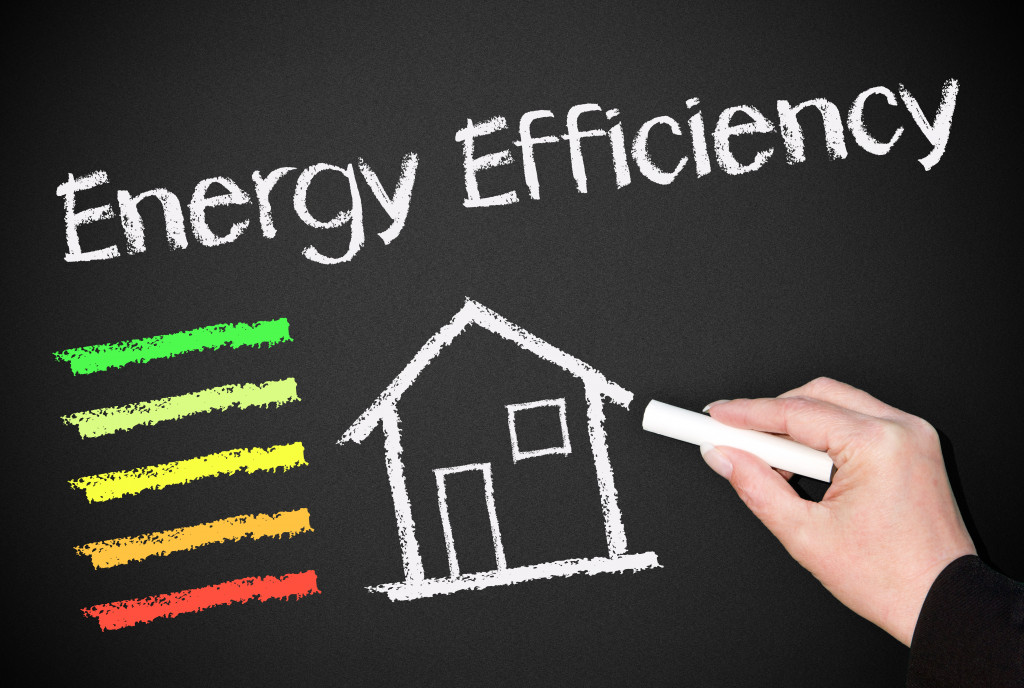As a landlord, you have a unique opportunity to make your residential rental property more eco-friendly and help reduce your tenants’ carbon footprints. You can do many simple things to make your property more sustainable while saving you money and attracting environmentally conscious tenants. Here are some best practices to get you started.
Best Practices of an Eco-Friendly Landlord
1. Educate yourself and your tenants on eco-friendly practices.
That will be the first and most crucial step in becoming an eco-friendly landlord. By educating yourself and your tenants about energy efficiency, water conservation, and recycling, you will be able to make more informed decisions about how to green your property. Additionally, raising awareness among your tenants about these topics will encourage them to adopt eco-friendly practices themselves.
2. Conduct an energy audit of your property.
An energy audit is a great way to identify areas where your property is wasting energy and money. Once you know where your property is inefficient, you can make changes to reduce energy consumption and lower your utility bills. Many utility companies offer free or discounted energy audits for landlords, so take advantage of this resource.
3. Deep clean your property between tenants.
Get a deep cleaning service and ensure that they use green cleaning products. That will remove any toxic chemicals from your property and make it safer for your tenants. Additionally, green cleaning products are often more effective than their traditional counterparts, so you can be confident that your property is immaculate.
4. Implement a recycling program.
Recycling is one of the easiest ways to be more eco-friendly, and it’s something that your tenants can easily do daily. By providing recycling bins and ensuring that your trash service provides recycling pickup, you can make recycling easy and convenient for your tenants.
5. Use low-flow fixtures and appliances.
Low-flow fixtures and appliances use less water than their standard counterparts, so they’re a great way to save water (and money on your water bill). When it’s time to replace fixtures or appliances on your property, choose low-flow options. Additionally, many utilities offer rebates for properties that adopt water-saving measures, so ask about these programs.
6. Use green landscaping practices.
When landscaping your property, consider using native plants that require less water and maintenance. You can also use a mulch to reduce watering needs and prevent weed growth. Furthermore, consider installing a rain barrel to collect rainwater for watering your plants.
7. Install solar panels.
Solar panels are a great way to reduce your property’s carbon footprint and save money on your energy bills. If you’re interested in installing solar panels, there are many government incentives and rebates available to help offset the cost. Solar panels can be a major investment, but they will pay for themselves over time and help make your property more sustainable.

8. Use LED lighting.
LED lighting is more energy-efficient than traditional incandescent bulbs, so it’s a great way to save energy (and money). When it’s time to replace the light bulbs on your property, be sure to choose LEDs. Additionally, you can install occupancy sensors in high-traffic areas to reduce energy consumption even further.
9. Install a programmable thermostat.
A programmable thermostat is a great way to save energy and money on your heating and cooling bills. Set the thermostat to a lower temperature in winter and a higher temperature in summer to significantly reduce your property’s energy consumption. Additionally, many utility companies offer rebates for properties that install programmable thermostats, so be sure to ask about these programs.
10. Get an energy-efficient certification for your property.
There are many green certifications available for properties, and having one can be a great marketing tool. If your property meets the requirements for an energy-efficient certification, be sure to get certified and promote your property’s sustainable features.
11. Use recycled materials when remodeling.
When it comes time to remodel your property, be sure to use recycled materials whenever possible. That includes using recycled lumber, carpet, insulation, and drywall. By using recycled materials, you can reduce waste and lower your carbon footprint.
12. Work with green vendors and suppliers.
When selecting vendors and suppliers for your property, be sure to choose those that are committed to sustainable practices. That includes companies that use recycled materials, energy-efficient products, and green transportation methods. You can further reduce your property’s environmental impact by working with green vendors and suppliers.
13. Lead by example.
As a landlord, you have the opportunity to set the tone for sustainable living on your property. By making simple changes in your own life, you can encourage your tenants to do the same. Additionally, by being an advocate for sustainability, you can inspire others to make changes in their own lives and properties.
Be the Eco-Friendly Neighborhood Landlord
These are just a few of the many ways to make your residential rental property more eco-friendly. By implementing these best practices, you can significantly reduce your property’s environmental impact and make a positive difference in the world. You will also attract like-minded tenants or convert those who are not yet as knowledgeable on sustainable living.

